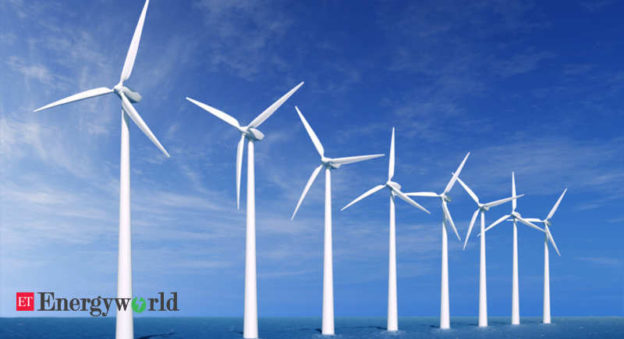An international consortium wants to build what would be the world’s biggest renewable energy hub in Australia’s south-west to convert wind and solar power into green fuels like hydrogen.
The group of energy companies announced the proposal over a 15,000 sq km area that could have a 50 gigawatt capacity and cost $100bn.
An area bigger than the size of greater Sydney has been identified in the south-east of Western Australia with “consistently high levels of wind and solar energy”.
Guardian Australia understands the Western Green Energy Hub (WGEH) could cost about $100bn.
The project’s 50GW capacity compares to the 54GW of generation capacity of all the coal, gas and renewables plants currently in the national energy market, which includes all states except WA and the Northern Territory. Australia’s biggest coal plant is just 2.9GW.
InterContinental Energy, CWP Global and Mirning Green Energy Limited announced plans for the mega project on Tuesday, saying it wants to build the scheme in three phases to produce up to 3.5m tonnes of green hydrogen or 20m tonnes of green ammonia each year.
Guardian Australia understands the consortium is looking to produce the first fuels from the project by 2030, and will look to construct an offshore facility to transfer fuels onto ships.
The consortium – which includes an Indigenous-owned energy company – said it wanted to tap into a global market for green hydrogen it expects will be worth US$50tn by 2050. About 30GW of the hub would focus on wind, with the rest coming from solar power.
Hydrogen and ammonia produced at the hub would be destined for use in power stations, shipping, heavy industry and aviation.
The hub would be larger than a 45GW renewables project announced by German company Svevind Energy and planned for Kazakhstan, reported to be the world’s biggest renewables project proposed so far.
Last month, Australia’s environment minister Sussan Ley rejected a plan for a 26GW hub in the north of WA for “clearly unacceptable” impacts on threatened migratory species and internationally recognised wetlands.
In a statement, Trevor Naley, chairman of the Mirning Traditional Lands Aboriginal Corporation and a board member on the consortium, said: “As First Nations land owners, the Mirning people are excited to hold such an integral and defining stake in this historical partnership with WGEH. This partnership, through robust governance and a seat at the table for Mirning people, will provide opportunities never before available to Indigenous corporations.”
Brendan Hammond, chairman of WGEH said the proposal was “historic on two fronts” for its scale and its partnership with traditional owners.
“It is an honour and a privilege to be involved in this groundbreaking project,” he said.
https://amp.theguardian.com/environment/2021/jul/13/plan-to-build-worlds-biggest-renewable-energy-hub-in-western-australia





